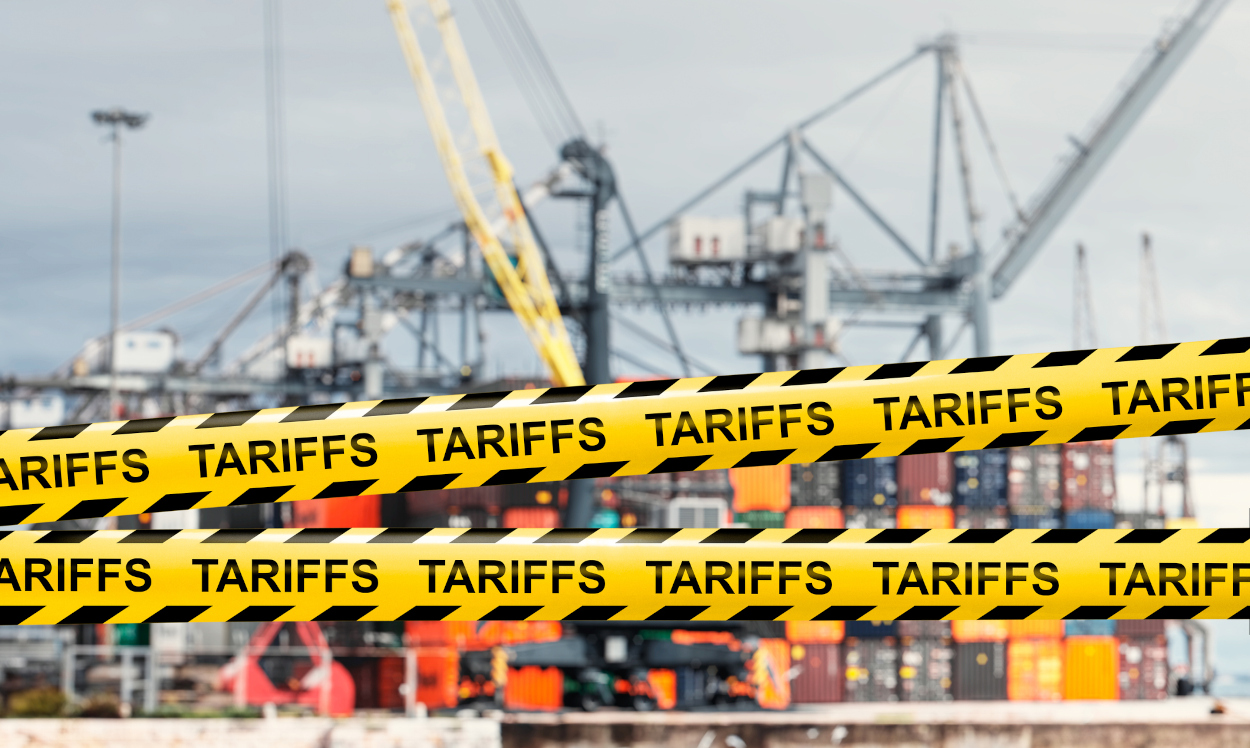United States: Large increase in import tariffs will have detrimental impacts on global trade and global economy

Event
On 2 April, the so-called "Liberation Day”, President Donald Trump announced a Reciprocal Tariff Policy that will apply a minimum baseline tariff of 10% and reciprocal tariffs on imports from US trading partners. This includes notably an additional tariff of 34% on China (taking the total tariff to 54%), 20% on the European Union, 24% on Japan, 10% on the UK, 27% on India and 46% on Vietnam (see the list of reciprocal tariffs by country). Some goods, such as energy and minerals that are not found in the USA, are excluded from the tariffs, as well as other goods. The previously announced import tariffs on steel and aluminium, the automotive industry, Canada and Mexico remain in place. Moreover, the US president suggested that he might announce more import tariffs targeting semiconductors, pharmaceuticals, copper and lumber, as well as additional tariffs on countries that dare to retaliate. It is estimated that imports to the USA would now face a weighted average tariff rate of more than 20%, a dramatic increase from around 2% last year.
Impact
Given the size of the US economy, the sudden and sharp increase in US import tariffs represents a substantial protectionist move, which will have a large impact on the global economic activity and global trade. Given the large financial market reaction, Donald Trump’s partial transactional approach and the likely negative impacts of these tariffs on the US economy and inflation, it remains to be seen whether the US administration will soften some of its tariffs.
The most impacted countries are those very reliant on the US export market, such as China, Mexico, Canada, Vietnam, South Korea, Japan, Thailand, Malaysia, Israel, Chile, the EU (particularly Belgium, Italy, Finland, Sweden, Slovakia, Ireland, Austria, the Netherlands and Germany). Moreover, global supply chains are likely to shift again in reaction to the US tariffs hike, benefiting some countries (e.g. probably India) over others (e.g. probably Vietnam).
On top of these direct impacts, indirect impacts could also be important, as goods whose exports would become more expensive for the US market could be redirected to other countries. This overcapacity would likely put additional pressure on recipient countries, the EU being an obvious candidate. Hence, countries at risk would likely impose tariffs to protect their domestic markets, further increasing the global trade war and its negative fallouts on global economy and trade. Entering a global trade war would be a lose-lose situation in the already challenging economic and geopolitical context.
Analyst: Pascaline della Faille - P.dellaFaille@credendo.com